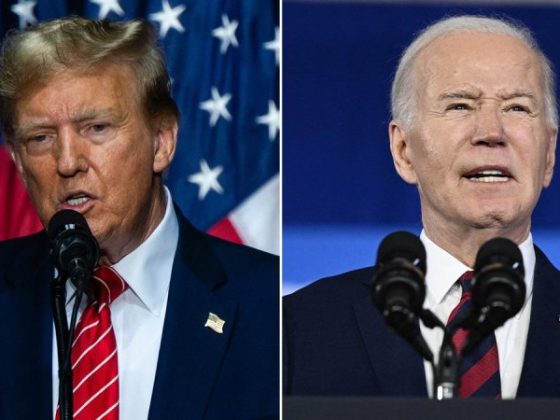Microsoft Moves 700-800 China Staff Abroad Amid Tensions
Quick Look:
Microsoft’s Strategy: Offers relocation to 700-800 China-based employees in AI and cloud computing amid US-China tensions.
Geopolitical Balancing: Reflects efforts to navigate increased US scrutiny and Chinese regulatory pressures.
Environmental Challenges: Struggles with sustainability goals, with AI developments increasing data centre emissions.
In a strategic move reflective of the current geopolitical landscape, Microsoft has embarked on an initiative to offer some of its China-based employees opportunities to relocate internationally. This decision comes amid escalating tensions between the U.S. and China. These tensions are particularly noticeable in areas critical to future technological supremacy, such as artificial intelligence (AI) and semiconductor technology. Consequently, around 700 to 800 employees engaged in machine learning and cloud computing are encouraged to consider transfers outside of China.
A Microsoft spokesperson clarified that offering internal transfer opportunities is a routine aspect of their global operations management. However, this move underscores a broader strategy to mitigate risks associated with the intensifying scrutiny and regulatory pressures in the techno-political arena. Microsoft remains committed to its operations in China. Meanwhile, the invitation for employees to move to regions like the U.S., Ireland, Australia, and New Zealand highlights a flexible approach to talent redistribution in response to global shifts.
Balancing Business with Geopolitical Realities
The backdrop to Microsoft’s decision is a complex web of trade policies and geopolitical shifts. Recent actions by the U.S., including the increase of tariffs on various Chinese imports and potential new regulations on AI technology exports, signal a hardening stance on trade and technology exchanges with China. These developments have significant implications for multinational companies like Microsoft. It navigates a delicate balance between accessing global talent and adhering to national regulations.
Microsoft’s offer for employees to relocate is not merely a tactical human resources manoeuvre. It is a strategic positioning to safeguard its business against the unpredictability of international relations. This move can be seen as a proactive step to ensure continuity of operations and shield its workforce from potential geopolitical disruptions.
The Broader Impact on Microsoft’s Sustainability Goals
Interestingly, this strategic shift occurs alongside Microsoft’s publicised struggle with its sustainability commitments. The company’s recent sustainability report indicates a nearly 30% increase in emissions since 2020. Also driven primarily by the expansion of its data centre infrastructure necessary for advancing its AI capabilities. As Microsoft invests heavily in AI, the environmental cost of these technologies is becoming increasingly apparent.
Microsoft aims to be carbon-negative and achieve zero waste by 2030. However, the demands of AI development pose substantial challenges to these targets. The construction of data centres contributes to direct and energy-related emissions. It also raises concerns about the sufficiency of renewable energy sources to meet the burgeoning power demands of AI technologies.
Microsoft’s recent manoeuvre to relocate some of its workforces is a multifaceted strategy reflecting its adaptive measures in a volatile global landscape. It aims to fortify its business against geopolitical risks. It also faces the intricate challenge of advancing technology in an environmentally sustainable manner. This delicate balance between innovation, business operations, and sustainability exemplifies the complexities that global corporations must navigate in today’s interconnected world.
The post Microsoft Moves 700-800 China Staff Abroad Amid Tensions appeared first on FinanceBrokerage.


